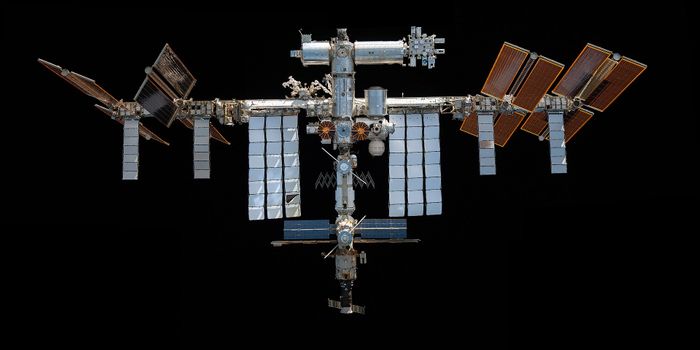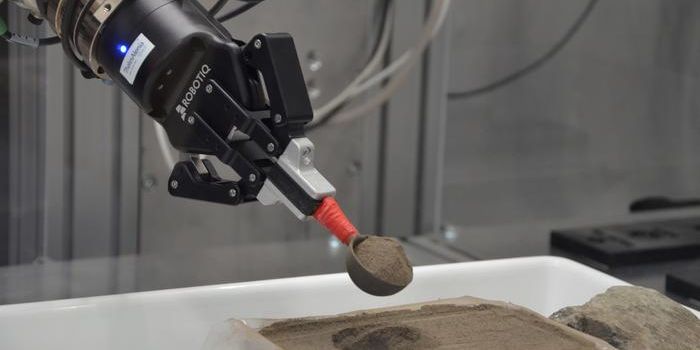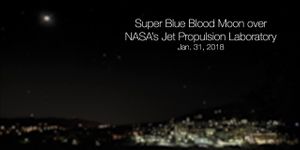Astronomers Spy on Extragalactic Exoplanets for the First Time
Modern space observatories can only see so far into outer space, but a phenomenon dubbed gravitational lensing sometimes helps astronomers see even farther.
Astronomers often use this technique to study distant galaxies, but University of Oklahoma researchers purportedly took things a step further after using this same method (along with others) to detect extragalactic exoplanets for the very first time.
Image Credit: University of Oklahoma
The study, published in The Astrophysical Journal Letters on Friday, highlights how researchers reached their conclusion after examining a galaxy more than 3.8 billion light years away.
"We are very excited about this discovery," said study lead author Xinyu Dai. "This is the first time anyone has discovered planets outside our galaxy."
Related: Gravitational lensing effect multiplies images of a supernova
"These small planets are the best candidate for the signature we observed in this study using the microlensing technique," Dai continued. "We analyzed the high frequency of the signature by modeling the data to determine the mass."
Using the Chandra X-Ray Observatory, the team paid particular attention to the microlensing effect of a distant quasar. After analyzing the data, they unveiled the existence of several Moon-to-Jupiter-sized exoplanets.
Not only does the study set an astounding precedent for extragalactic exoplanet discovery, but it also demonstrates the practicality of gravitational lensing as an astronomical observation tool.
"This is an example of how powerful the techniques of analysis of extragalactic microlensing can be," added study co-author Eduardo Guerras.
Related: Gravitational lensing reveals secrets about a distant "dead" disk galaxy
"This galaxy is located 3.8 billion light years away, and there is not the slightest chance of observing these planets directly, not even with the best telescope one can imagine in a science fiction scenario," he continued. "However, we are able to study them, unveil their presence and even have an idea of their masses. This is very cool science.
Given the team’s success in this observation, it should be interesting to see whether future gravitational lensing events yield equally-impressive results. Only time will tell, but breakthrough results like these could potentially teach us a lot more about our universe.
Source: University of Oklahoma









